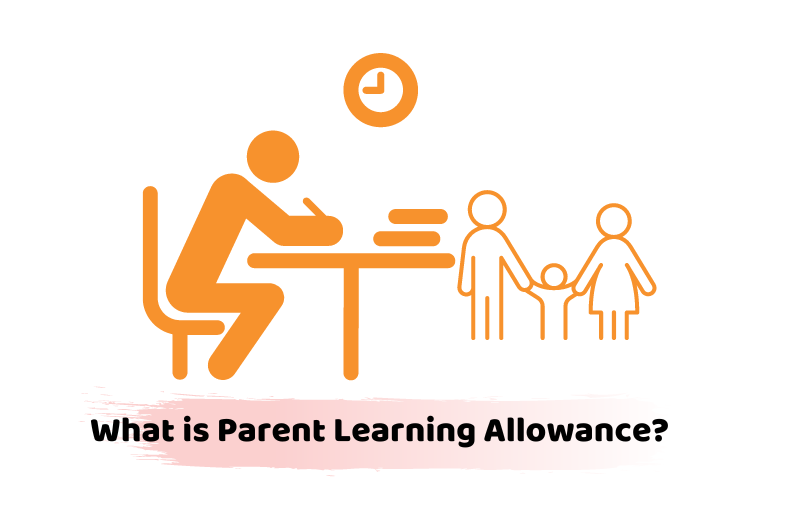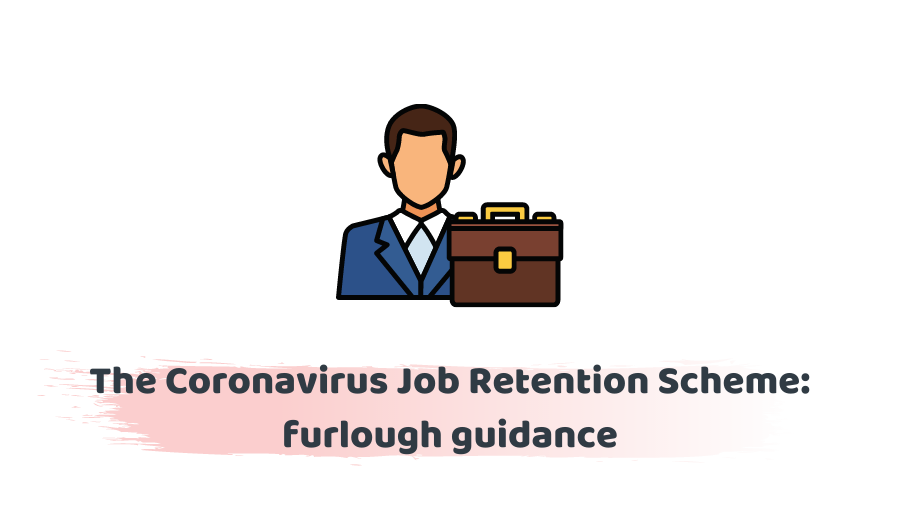The aim is to keep people at home while enabling employers to keep staff who will need it. When they begin to rebuild their businesses in the future. This will enable work to begin again with a critical core that has the necessary knowledge.
Rules as outlined in official statements released on 23 March 2020
- Furloughed members of staff must not work for the employer during the period of furlough.
- Furlough is from 1 March 2020, so is to be backdated. It will last for at least 3 months and will be extended if necessary. Note that while the scheme is backdating to the beginning of March. As it is intended to support all those employed then. A firm will only be eligible to claim the grant once they have agreed on the furlough with their staff. The staff has stopped working for the employer. This will of course be subject to employment law in the usual way.
- It is available to employees on the payroll on 29 February 2020.
- All UK businesses are eligible, ‘any employer on the country, small or large, charitable or non-profit’ to use the Chancellor’s words.
- The scheme pays a grant (not a loan) to the employer.
- The grant will be paid to the employer through a new online system that is being built for this purpose.
- The employer will pay the employee through payroll, using the Real-Time Information (RTI) system as usual. As required by the employment contract. This contract may be renegotiated but that is a matter for employment law. So RTI system reporting of payroll will continue as normal.
- The scheme will be administered by HMRC: Relevant employees must be designated as furloughed employees. • Employers will submit information to HMRC through a new online portal. • As this will take time to build, businesses should look to the Coronavirus Business Interruption Loan Scheme to support cash flow in the meantime. The narrative used in the information released so far. He says ‘if your employer cannot cover staff costs due to COVID-19 they may be able to access support…’. This is a conditional phrase that may relate to existing funds available to the employer. We do not yet know how these might be determined, nor whether there is a bar of some description.
- the largest grant will be calculated per employee and is the lower of • 80% of ‘wages’. The notes published so far, use the phrase ‘wage for all employment costs up to a cap of £2,500 per month’. It is our understanding that this includes employers’ NIC and pension contributions. Wages will be determined by reference to a defined period (yet to announced). • £2,500 per month.
Illustration
X Ltd employs Mr. A at an annual salary of £24,000, so £2,000 per month. Mr. A has opted out of auto-enrolment.
Each month, Mr. A currently receives net pay of £1,665 which is after deducting PAYE of £191 and employees NIC of £144. On this salary, the employer pays employers’ NIC of £174.
The available grant for the employer is the lower of
(a) 80% of (£2,000 + £174), and
The cash required by X Ltd to furlough based on maintaining the existing salary is £435 per month. It is a matter for employment law whether the employer needs to pay this top-up. Discussions with employees may have agreed. That the employee has agreed to a different arrangement during their furlough.
Notes to illustration based on an extended understanding of how the scheme will work:
- If Mr. A had not opted out of auto-enrolment, X Ltd would also be making pension contributions on his behalf. If so, the available grant is base on 80% of (gross salary + Employers’ NIC + employers pension contributions paid). Subject to the monthly cap of £2,500
- We understand that the rules for the scheme are being designed with an underlying reference to employment law. If the individual is still under contract, Mr. A can expect to receive his salary in full. The £1,739 grant paid to X Ltd should not take as the new most cost of employment to the employer unless the contract has been redraft.
- Subject to the employment contract and any amendment. the salary which the employer actually pays. The employee during the furlough period may be different from the pay paid used as the reference period and upon which the grant figure is based.
Pubco – a scenario
In the following illustration, the business has already closed as instructed by the government. We have had a number of inquiries along similar lines and are seeking clarification of our understanding of the rules apply.
Mr & Mrs. Fuller are the tenants of a pub. They have a substantial wet and food trade as the pub is in a coastal location and does good trade over the Summer. The pub is open all year round.
Mr & Mrs. Fuller operate the pub through a limited company (Pubco). They take salaries of £8,600 each and withdraw profits of £30,000 each in the form of dividends. They live above the pub and work long hours being in the pub every day.
Pubco employs three permanent staff supplemented by extra seasonal staff in the Summer months and at Christmas.
The pub closed on 20 March as instructed by the Prime Minister. Following the Chancellor’s announcement on 20 March. Pubco has furloughed its staff other than Mr & Mrs. Fuller. Who is still living above the pub and dealing with the company administration? The contracts of employment of the other staff have been varied to permit furloughing. The three permanent staff members have agreed to accept a pay reduction to 80% of the previous level. The seasonal staff for this year has not yet been hired.
Our understanding is that Pubco will be eligible to receive the government grant support under the Coronavirus Job Retention Scheme for the monthly wages of the 3 permanent staff members. No grant support is available to support the living costs of Mr & Mrs. Fuller.
Mr & Mrs. Fuller will need to look for alternative support while the pub remains closed.
Coronavirus Job Retention Scheme: ICAEW Tax Faculty further details
Introduction
https://www.businesssupport.gov.uk/coronavirus-job-retention-scheme/ says “Under the Coronavirus Job Retention Scheme. All UK employers with a PAYE scheme will be able to access support to continue paying part of their employees’. Salary for those that would otherwise have laid off during this crisis. This applies to employees who have asked to stop working. But who is being kept on the payroll, otherwise described as ‘furloughed workers’. HMRC will reimburse 80% of their wages, up to £2,500 per month. This is to safeguard workers from making a redundant. The Coronavirus Job Retention Scheme will cover the cost of wages backdated to March 1st. Is open for 3 months, but will be extended if necessary”.
The following paragraphs describe our understanding of the scheme. Moreover proposed guidance for members.
Which businesses are eligible?
1. Eligible businesses include charities and not-for-profit organizations. Will include single director companies. Although the same rules will apply to other businesses. The grant applies to all UK based businesses.
Owner/managed companies
2. Many owner-managed company directors/shareholders pay small salaries. The balance of income as dividends. The scheme does not extend to dividends. Only the salary is relevant to the scheme.
How is payment going to work in practice?
3. We understand that the employer will pay the agreed amounts. As required by the employment contract in the usual way. This will involve paying the employee. HMRC the PAYE and both primary and secondary National Insurance Contributions. The grant will pay to the employer. We do not know how this will operate for employers who use a payroll agency.
4. Employers will claim the grant through a new separate portal built by HMRC.
What is the £2,500 largest grant based on?
5. The £2,500 monthly grant covers all employment costs. i.e, salary, employer pension contributions required by auto-enrolment (if applicable), and employer NIC.
6. The earnings period to use to determine the largest grant has yet to be clarified. For new employees, in particular, options will need and also for seasonal staff. There will need to be a baseline and options being considered are likely to include:
a. Average for a prior period such as 12 months to 1 March or February alone for a new employee.
b. For seasonal workers, it might be possible to use the same period last year. Such as three months March, April, May 2019.
c. For those working irregular hours or say, on reduced pay. (e.g, maternity or sick leave) a different previous period may need.
Will entitlement to other employment benefits continue during the period of furlough?
7. The rules for the grant will not displace the existing employment contract. So for example, we would expect the entitlement to holiday and sick pay would depend on the contract. Employees are eligible.
Employees eligible
8. Eligible employees are those on the payroll on 1 March 2020. It has yet to be clarified. Whether those re-employed under a new contract will qualify. Although the policy intent would seem to support this would be reasonable.
9. We have had many questions asking if workers can be moved in. Out of being furlough if work becomes available to an employer and then ceases again? This has yet to be clarified, but we will be very likely that they will. The scheme is being designed to allow for flexibility. So that furloughed staff can bring back to work to replace. they are still working who later become sick. We expect that this will see as difficult to regulate an expect. That the least period of furlough leave may built-in as a need before the person can return to work. So we expect that the rules will make provision for
Rules
a. Sickness cover where a continuing employee is now off sick. A furloughed worker can provide cover.
b. Where employees agree to share shifts to enable more of them to continue to pay.
This will again depend on the employment contracts of those affected.
10. The matter of which employees an employer decides to furlough. Will be a matter for negotiation with staff and employment law.
11. The impact on job-sharing employees and the decision to furlough. Will be a matter for negotiation with staff and employment law.
12. We presume that, subject to anything different stated in the employment contract. Eligible employees would also include apprentices and agency workers.
13. We do not yet know whether the scheme. Will include deemed employees under the off-payroll working rules.
14. An employee does not have to accept furlough if offered. But the employer could then make the employee redundant. Instead of using the usual employment law procedure.
15. We understand that staff can study while they are being furloughed.
16. It is a condition of the scheme that the employee must do no work at all during the furlough period. The intention of the scheme is to allow employers to pay staff who are without work. HMRC will of course have visibility of pay records.
Employees with more than one employment
17. While we understand that an employee who is furlough can do no work at all. Our current understanding is that the employee can have a different job with another. An unconnected employer that will be unaffected.
Extra information





















































